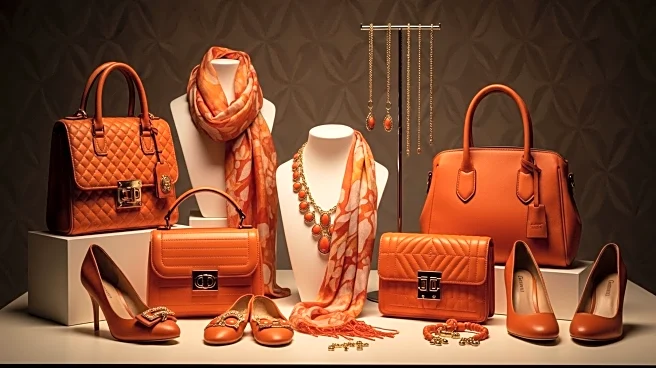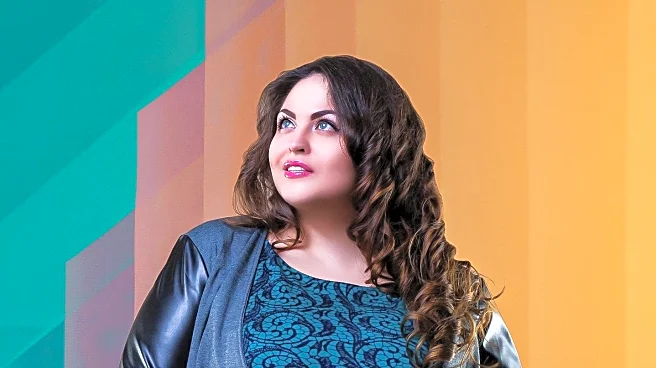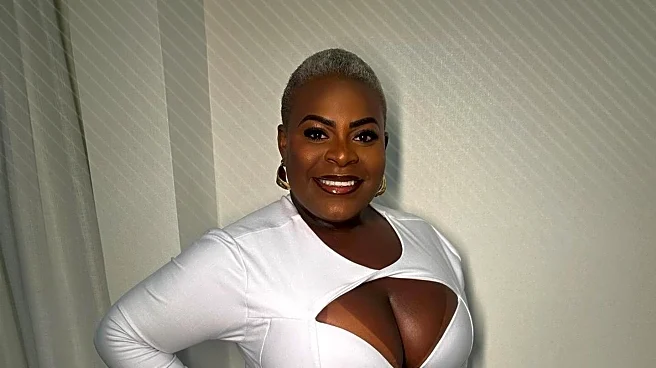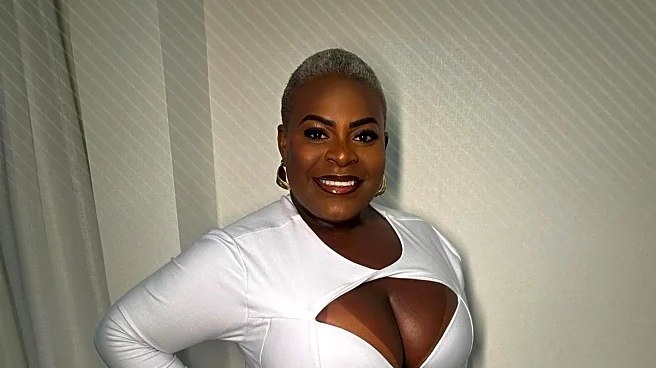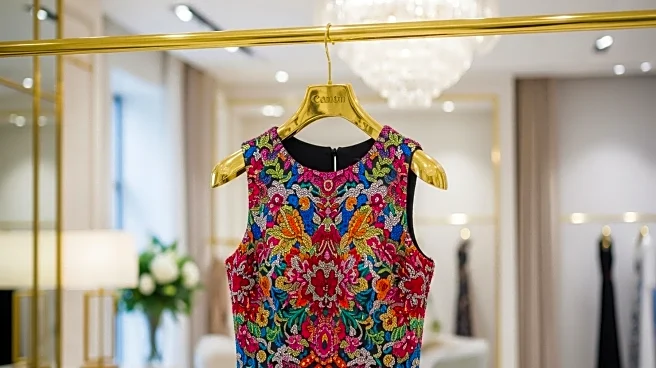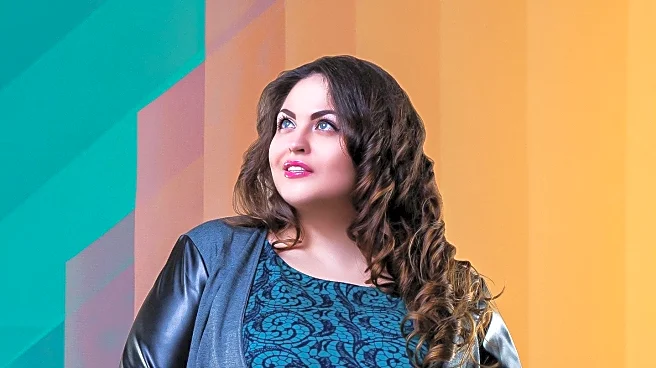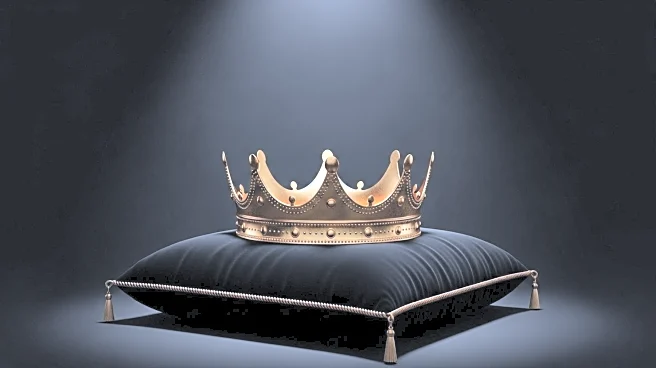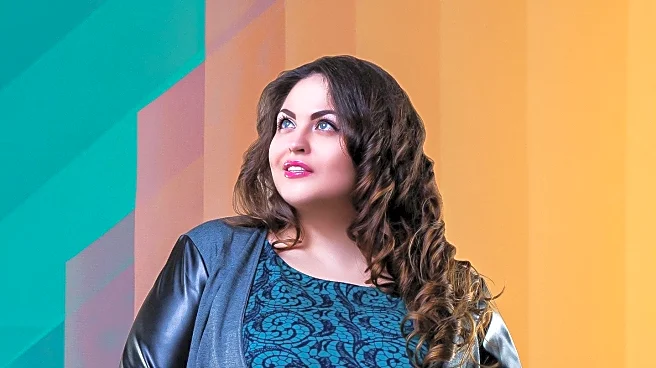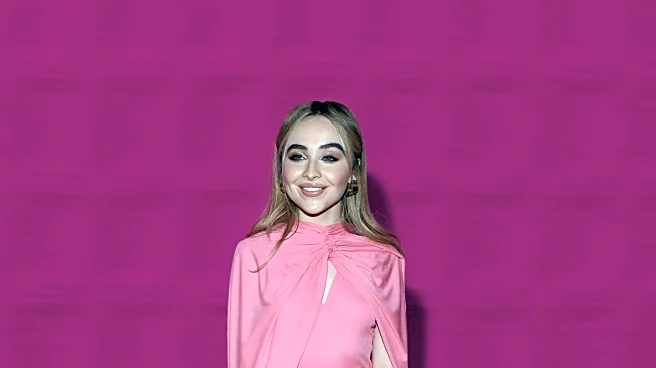What's Happening?
The fashion industry is facing criticism for its lack of size inclusivity, as highlighted by recent runway statistics. Of 9,137 looks across major fashion weeks, only 0.6% were plus-size, despite the average American woman wearing sizes 16 and 18. Brands like Versace have made strides by featuring more plus-size models since 2021, but the industry as a whole remains largely exclusive. The global plus-size clothing market is a significant economic force, valued at USD 119.4 billion in 2024 and expected to grow substantially. However, many fashion brands continue to ignore this market, with only 15 brands featuring mid or plus-size models on their runways.
Why It's Important?
The lack of size inclusivity in fashion has broader implications for societal standards of beauty and self-worth. The fashion industry's reluctance to embrace diverse body types perpetuates unrealistic beauty standards, affecting the self-esteem and body image of many individuals. Economically, ignoring the plus-size market is a missed opportunity for brands, as this segment represents a growing and lucrative market. The industry's slow progress in inclusivity reflects a disconnect between fashion leaders and consumer realities, potentially alienating a significant portion of their customer base.
What's Next?
The fashion industry may face increasing pressure from consumers and advocacy groups to adopt more inclusive practices. Brands that fail to adapt could see a decline in relevance and market share as consumers demand representation and inclusivity. The ongoing dialogue around body positivity and inclusivity is likely to influence future fashion trends and business strategies, pushing more brands to reconsider their approach to diversity on the runway.
Beyond the Headlines
The cultural shift towards body positivity challenges long-standing beauty norms and encourages a broader acceptance of diverse body types. This movement emphasizes self-love and acceptance, advocating for a fashion industry that reflects the diversity of its consumers. The industry's response to these demands could lead to a more inclusive and representative fashion landscape, where elegance and beauty are recognized across all body types.

